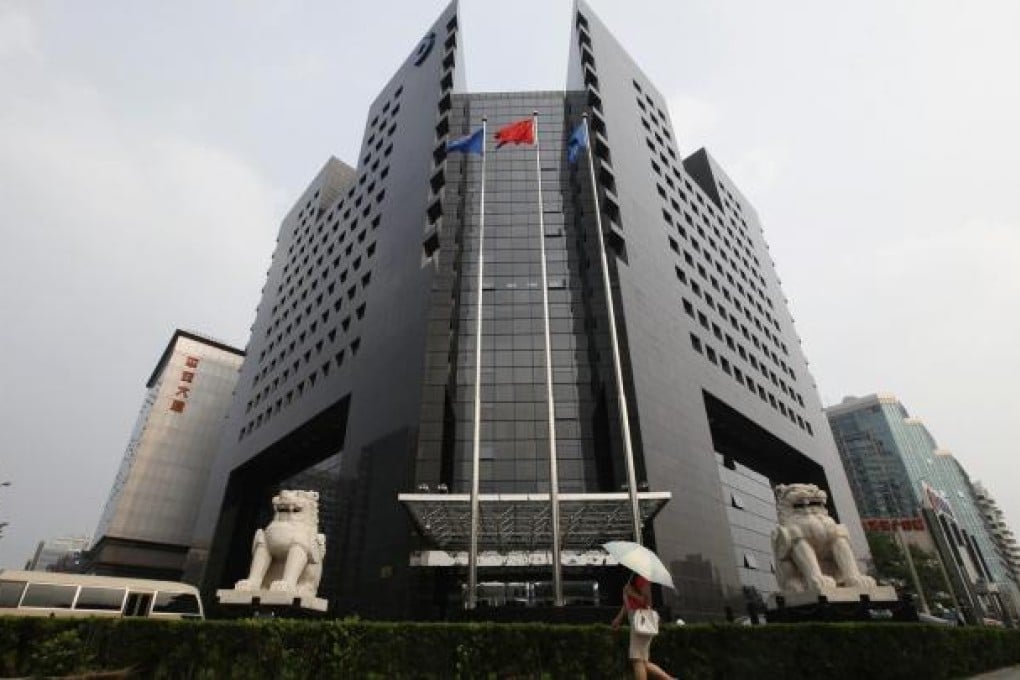China's banks fluid enough to meet liquidity challenge
However, even a diluted Basel rule will demand better risk management from mainland lenders in the longer term

It's a New Year gift to banks around the world.

The so-called liquidity coverage ratio (LCR) forces banks to hold enough easy-to-sell assets to survive a 30-day credit squeeze.
The Group of Governors and Heads of Supervision, the oversight body of the Basel Committee on Banking Supervision, announced on Sunday that the ratio requirement would not be fully enforced until 2019, four years later than expected. It also said that a wider range of assets, including some stocks and mortgage-backed securities, could be enlisted to meet the requirement.
It is the first time for a liquidity coverage indicator to be introduced into the global banking regulatory framework. Like the tougher new capital rules under the Basel III package, the liquidity rule is expected to have profound effects on the banking industry.
And mainland banks are no exception. It would not be difficult for most mainland banks to meet the requirement, but the introduction of the indicator would require better risk management skills in the medium to long term, which could be a challenge for Chinese lenders, analysts said.
"The Chinese Banking Regulatory Commission [CBRC] is studying how best to implement these new requirements in the China market, but it seems likely that they will apply, at least initially, only to the very largest banks," KPMG China partner Simon Topping said.
